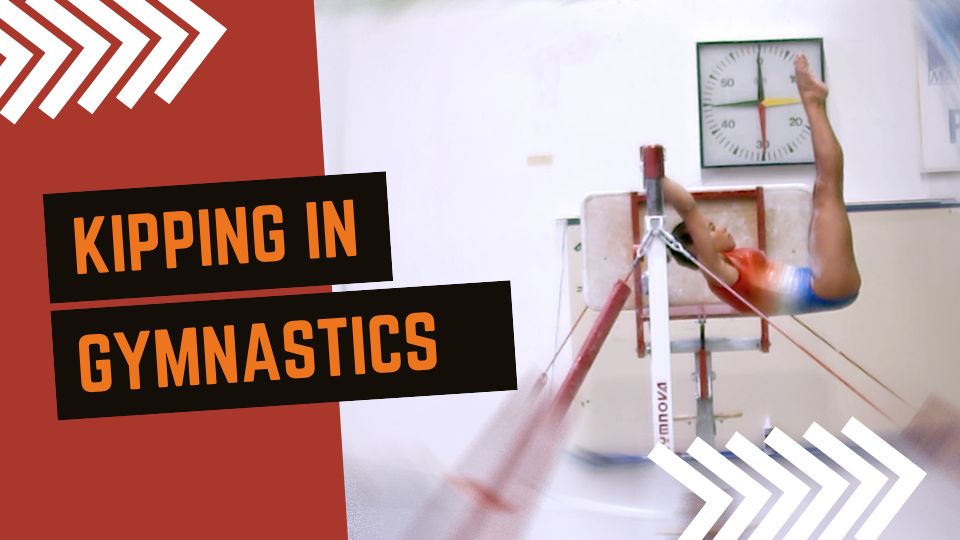Like a climber overcoming a rigid peak or a violinist hitting the perfect note, achieving the Kip feels like a significant milestone. It’s when all the hard work, dedication, and practice come together, making gymnasts feel euphoric and victorious.
Gymnastics is a captivating fusion of artistry and athleticism. Within this dynamic sport, the Kip in gymnastics takes center stage as a pivotal skill every gymnast must master. But what is a Kip in gymnastics exactly?
Let’s explore the essence of the Kip, exploring its introductory technique as a cornerstone for perfect bar routines.
Remember, Understanding the mechanics and significance of the Kip will make you appreciate it as an art.
Defining What Is A Kip In Gymnastics
A kip is a dynamic move where you flex or pike at the hips, then swiftly extend the hip joints, generating powerful momentum.
The kip is a fundamental and practical skill in artistic gymnastics. It can be performed on any of the four apparatus: floor, high bar, parallel bars, and rings, helping gymnasts transition from hanging to a support position.
Kip requires precise timing and a blend of muscle and coordination. To perform the kip, gymnasts start in a hanging position, engaging their core and using upper body strength to pull themselves up while bending their legs. They then induce momentum by forcefully pushing down on the bars and steadily transitioning into a support position.
The kip’s benefits extend to new gymnasts, giving them a winning advantage in their training and contest. Moreover, this dynamic skill is essential for professionals, as it helps in mastering advanced bar routines and building strength and coordination.
The history of the kip dates back to the early 1900s, and it has evolved into two main types: the strict kip, performed without momentum, and the glide kip, employing momentum to vacate the bar.
For young gymnasts, perfecting the kip proposes multiple benefits. It improves coordination, body awareness, and understanding of body movements. Additionally, it enhances strength and flexibility, which makes the routines flow smoothly. Moreover, completing the kip flawlessly can save energy during competitions.
Stages Of Kip
In understanding what is Kip in gymnastics, it is essential to understand the muscles and exercises you can do to smoothen your performance. This sport is a multi-stage skill with a series of coordinated movements. Some of them are as follows:
The Glide

The glide is the first step of the kip, and it is executed with the help of the bars. To begin, gymnasts grab the bar and lift their legs. They do this by closing together (pike) or stretching them wide apart (straddle).
Then, they push their hips forward and upward to build momentum during the glide. Keeping your arms straight and your body tight is crucial to transition into the following parts of the kip smoothly. Learning the glide is essential to practice more advanced bar routines.
The Snap
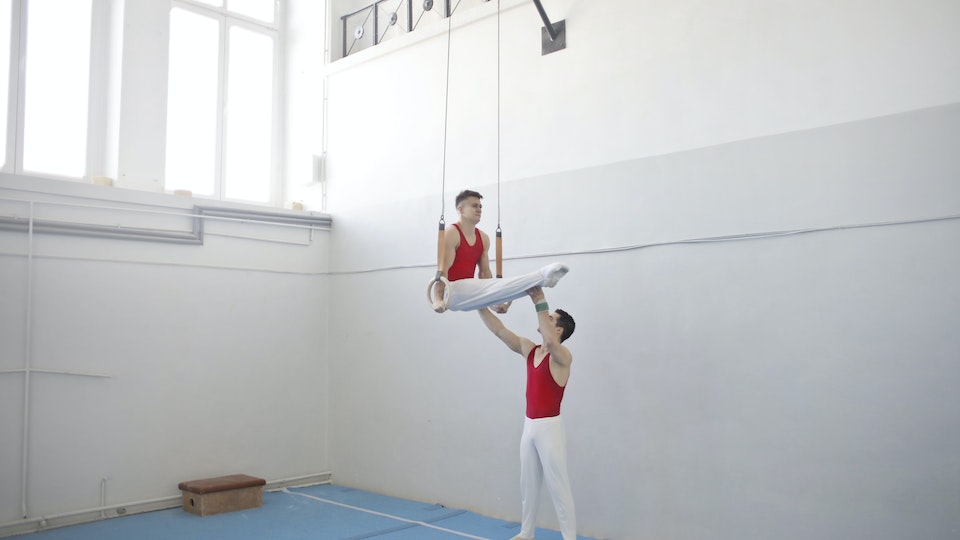
The snap stage is a crucial part of understanding what is kip in gymnastics. After swinging their legs, gymnasts use their hips and legs to lift themselves upward swiftly. The goal is to keep the body tight and get the timing right.
Learning the snap stage is essential as it enables athletes to smoothly progress to the kip’s subsequent phases and excel on the uneven bars.
Push Down / The Push
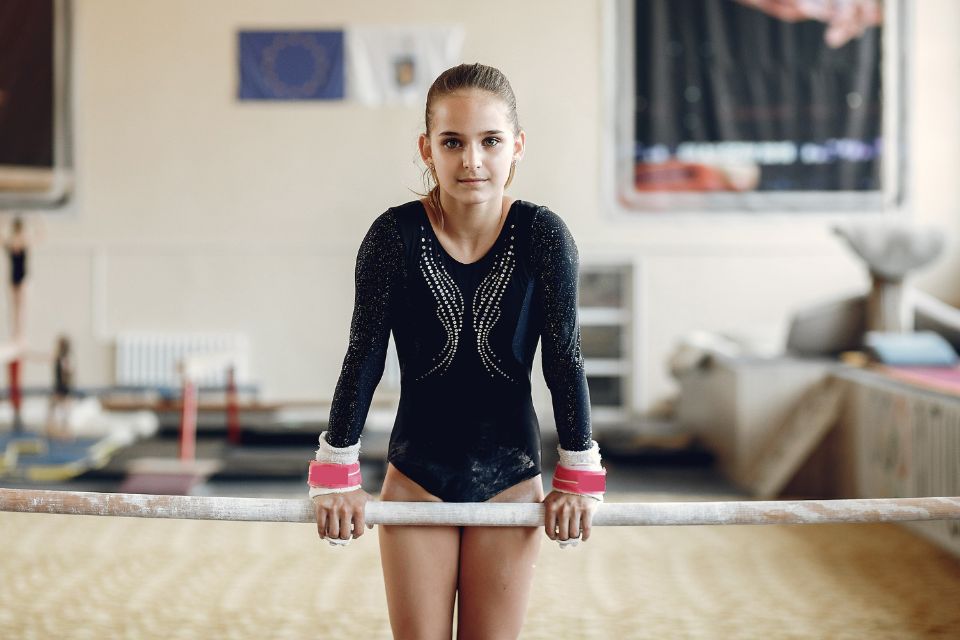
The Push Downstage is a necessary part of the Kip in gymnastics. After the snap stage, gymnasts push down on the bar with their hands and arms. This creates more upward motion, like a springboard effect.
It’s vital to have tight muscles and get the timing right. Grasping the Push Down is essential as it helps gymnasts lift themselves higher and sets them up for the next step of pulling up.
The Wrist Shift

The wrist shift” is an integral part of the Kip on the uneven bars in gymnastics. After the Push Down, gymnasts modify their hand position slightly forward on the bar. This helps them prepare for the next pulling step and builds momentum to lift themselves higher.
Timing and precision are crucial for this smooth transition. Perfecting the wrist shift is essential to execute the flawless Kip.
Step By Step Guide on How to do a Kip
A kip is a fun and elegant move in gymnastics where the gymnast swings into a handstand. It involves swinging forward, pushing off the floor with hands and feet, and then swinging back up to the bars. The kip is used to gain momentum and elevation, which is why it’s commonly done on uneven bars and trampolines.
Here’s how to do a kip:
- Start in a handstand position on the floor, beam, bars, or vault.
- Swing your body forward and hang upside down from the bar with straight legs and head above the bar.
- Keep swinging back and forth, using your momentum to stay in motion. Remember to tuck your chin to avoid hitting the bar.
- Swing until your legs are fully extended, then use that momentum to swing back up again.
- As you swing forward again, push off the bars to return to an upright position.
Practice slowly at first, then try it faster as you get better. Be patient with your progress, and remember that with practice, you’ll master this delightful move and impress everyone with your skills.
Kip Variations
Kips are awesome, and they come with different variations. You can master one or all, but the secret is to practice.
Glide Kip
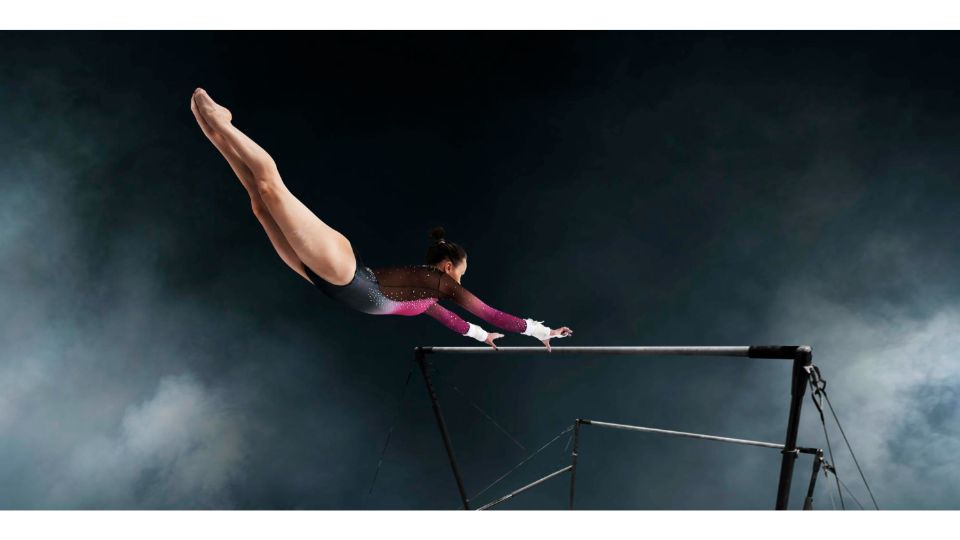
The Glide Kip is a move often used to link various skills in gymnastics. To do the Glide Kip, the gymnast begins by hanging beneath the bar with their body in a piked hollow position and their toes pointing forward.
Then, as they swing up and fully unfurl, they bring their feet closer to the bar while pushing down on it with linear arms. This makes the gymnast look like they are in a front hollow hold position. It’s a smooth and elegant action that helps gymnasts connect their routines together.
Long Hang Kip
The Long Hang Kip is a move where the gymnast gets into motion while swinging on the high bar. It’s different from the glide kip because the gymnast doesn’t swing into a front hollow hold or reach a horizontal position.
Instead, they begin with a straight swing beneath the bar, and the kipping action occurs earlier in the swing than in the glide kip. It’s an exciting move that makes gymnastic routines intriguing.
Drop Kip
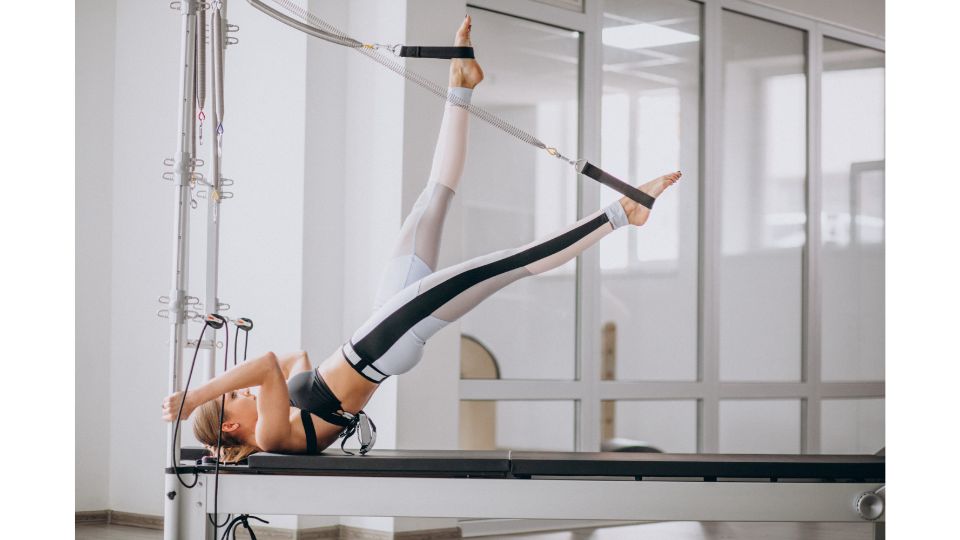
The drop kip in gymnastics helps build muscle strength and enhance momentum, especially for beginners. To execute it, the gymnast starts by holding the bar in a front support position with their thighs resting on it and their chest in a hollow shape.
Then, they let themselves drop back while keeping their arms straight, creating a sliding movement as the bar goes from their legs to their feet. After that, they swing forward with a hollow motion to begin the kipping.
Glide Kip With Stoop Through
The Glide Kip with Stoop Through is an exciting move in gymnastics. It starts with the glide kip motion, but the gymnast does something extra. They bring their feet between the bar and their arms, ending up on top.
From there, they use this position to push off the low bar and catch the high bar. This skill can also be done by perching the legs over the bar for a different style. It’s a fantastic and impressive move that adds flair to their routine.
Jump with 1/2 Turn to Kip And Jump 1/1 To Kip
The Jump with 1/2 Turn to Kip and Jump 1/1 to Kip is an incredible move that gives gymnasts two ways to “catch” the bar. In the half-jump version, they do the kip while in the air without swinging first.
In the full-turn version, they swing back and forth on the bar before doing the kip, adding extra momentum to the move. Skilled gymnasts value what is a kip in gymnastics as it helps them in performing these kips on the low or high bar, adding flair and complexity to their enactment.
The History Of Kip
The history of the kip in gymnastics dates back to the early 1900s. The first kip was performed by German gymnast Karl Heuser in 1904. Heuser’s kip included a simple leg swing onto the bar without speed.
Then, in 1912, American gymnast George Eyser introduced kip as a release move, where he swung his legs up and over the bar, using speed to help him get over.
The kip quickly earned popularity among gymnasts and as a result people begin to understand what is a kip in gymnastics. It became a staple in men’s and women’s gymnastics. Over the years, different kinds of kip evolved into being. Performing these kips requires significant upper-body strength, coordination, and precise timing.
Today, the kip remains an essential skill in gymnastics, enabling athletes to transition smoothly between bars and execute impressive routines with elegance and precision.
Kip Safety Guidelines
Remember, safety is essential in gymnastics. By following these guidelines and prioritizing proper technique, you can enjoy the excitement of kipping while minimizing the risk of injuries.
- Always begin with a thorough warm-up to train your muscles and joints.
- Learn under a professional gymnastics coach.
- Start with basic drills and exercises to build strength and coordination.
- If using grips, ensure they are perfectly fitted and in good condition.
- Strengthen your upper body, core, and shoulder muscles.
- Always practice the kip over a soft landing mat or into a pit.
- Ensure the practice area is free from obstacles, equipment, or debris.
- Use wrist straps, guards, or gymnastics grips to protect your hands from blisters and tearing.
- For beginners, spotting belts can offer additional support.
- Don’t swing too aggressively or lose control to prevent accidents.
- Avoid overtraining and listen to your body.
- Rest and recovery are critical to stop injuries caused by fatigue.
- Communicate with other gymnasts when practicing in a group to ensure a safe and cooperative environment.
- Take your time with advanced tricks without mastering the basics.
What Is A Kip In Gymnastics: Some FAQs
What Is Kipping Gymnastics?
To understand what is a kip in gymnastics, one should imagine maneuvering themselves on the bars. It uses swinging and momentum to help the gymnast go from hanging to a higher position on the bars. This technique is essential for doing multiple routines on the bars.
What Is A Kip On A Gymnastics Bar?
In gymnastics, a kip on a bar is when the gymnast swings their body up from hanging to being on top of the bar. It needs strong arms and good timing. Gymnasts usually do it on uneven or high bars, and it’s a milestone for them in their gymnastics journey.
What Level Skill Is a Kip?
In grasping what is a kip in gymnastics, it’s essential to mention that kip is a skill that’s a bit more advanced, considered a level 3. Gymnasts can perform it on any equipment, but it’s most common on uneven bars or high bars. Sometimes, they also use it on the balance beam or floor exercise.
Is A Kip A Hard Skill?
In gymnastics, the kip is a challenging move where gymnasts swing up to the high bar without using their legs. It needs a lot of upper body strength and control. Gymnasts who can do a kip have trained for years, building strength and coordination.
How Long Does It Take To Learn Kip?
The kip can take several months, and even years, to master. Developing strength is the first step, followed by practicing timing and coordination. Coaches break down the kip into smaller parts so gymnasts can learn to execute each stage flawlessly.
How Do You Spot A Kip In Gymnastics?
Spotting a Kip in gymnastics is possible by standing close to the gymnast, providing support during the swing, helping them with correct form, and assisting at the peak and glide phases. Safety and proper technique are essential for effective spotting.
What Is A Kip In Gymnastics: Final Thoughts
To sum up, the kip is a basic but essential move in gymnastics. So, if you’ve been wondering what is a kip in gymnastics, here’s your answer! This move helps gymnasts do more advanced skills by building momentum. Though it may seem easy, getting it right needs practice and patience. And when done correctly, it looks incredible! So, if you want to learn the kip, ask a coach for helpful tips and support.

